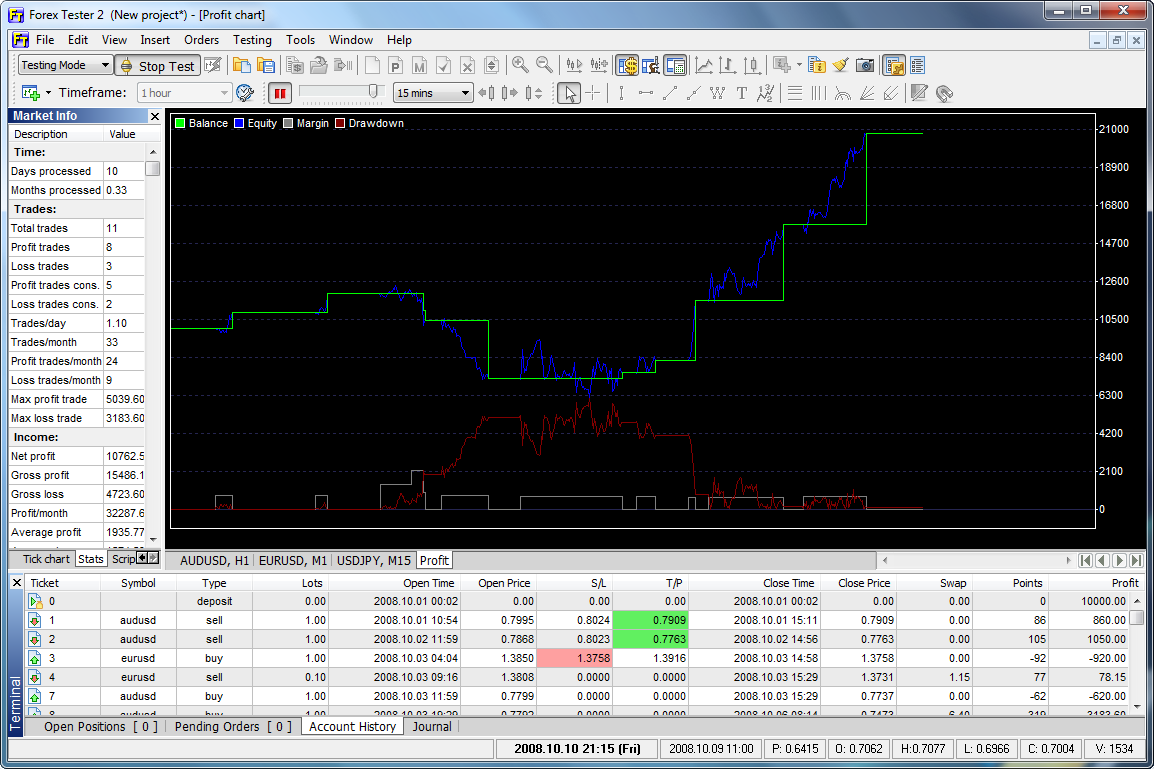I want to concentrate now on the impact of core cooling on sports and fitness.
The focus of Stanford scientists’ early cooling research was centred on recovery from hyperthermia. To get data about cooling, it was, of course, necessary to study subjects with high core temperatures.
The obvious, logical way to get those temperatures is through exercise. At the time, almost a decade ago, they had no idea that cooling would dramatically increase the efficiency of exercise.
Since the initial discoveries, multiple third-party researchers have validated the results in controlled studies. From endurance training to bench-pressing, studies show that core cooling enables gains comparable, or superior, to steroids.
Rather than spend time on the details of those studies, I will direct you to the AVAcore Technologies website, where a number of important papers are available for study. Go to the ‘How It Works’ link in the Technology section for downloadable papers.
Most of the studies and papers about the Grahn/Heller model, however, simply present evidence that their device works. I’d like to talk a little about why it works.
Breaking the Wall
So let’s start with heat. Our bodies can generate an enormous amount of heat. Under normal conditions, this heat is easily removed. When excess heat is not dissipated, however, the consequences can be lethal. Our brains and other organs are, essentially, cooked. Long before hyperthermia kills, however, excess heat can do serious damage on a cellular level.
Our biological systems, our bodies, have four primary protective mechanisms designed to prevent such damage. When you are doing hard physical labour or are exercising, you encounter all four. Together, they are what athletes metaphorically refer to as ‘the wall’.
I suspect we’ve all hit the wall. We are trying to work out but find that we are overcome by a kind of lethargic exhaustion that saps the will and makes it difficult even to move our limbs. If you’ve ever spent time in a gym, you’ve heard personal trainers and workout partners exhorting people, often at high volume, to push through that wall.
In fact, this is probably not particularly good advice, because the wall is your own safety mechanism for avoiding cellular heat damage. So how is the wall activated? What follows is my understanding.
When we are doing physical work, muscle cells create heat. That heat is moved via the circulatory system throughout your body, including your core organs. The AVA system responds by shunting blood to your radiator system. It’s not that hard to overwhelm this heat-removal system, though.
The body responds by increasing blood flow to the heat loss structures so that it can protect the most important and heat- sensitive locations, such as the brain and other organs. This is a kind of personal organ triage.
This results in a reduction of blood flow to the muscles in the extremities. Heat builds up in the muscles because the body is protecting the organs, and, in fact, damage is done to muscle and connective tissues that are no longer being cooled.
At this point, safety mechanism No. 1 is activated – sweating, which has limited impact. Then, the brain stops obeying your efforts to work muscles at maximum force. The muscle cells themselves remain capable of maximum contraction, but the brain refuses to send the signal.
When you’re overheated, you’re still capable of activating muscle cells. This is required to escape dangerous situations, but your ability to do work in the biological sense is severely reduced by the brain. This reduces the amount of heat being generated. Every instinct then tells you to stop what you’re doing and rest.
Sometimes, people ignore instincts, though. So there are other, more important safety mechanisms. One is activated at the DNA level in the chromosomes of the overheated muscle cells. Sensing excess heat, the heat shock family of genes begins transcribing or synthesizing proteins that do two things.
One, they act as chaperones to protect existing proteins because the folding or degradation of those proteins can cause all kinds of damage. Two, they shut down further gene transcription. The computer mechanism that runs your cells simply stops working until cell temperature returns to the safety zone. Personal computers do the same thing when their sensors detect dangerously high temperatures.
Also on the cellular level, your mitochondria, which produce usable biological energy (adenosine triphosphate, or ATP) from food energy, shut down. Specifically, the pyruvate kinase necessary for ATP production stops functioning outside of a very narrow temperature range.
Changing the Rules on Fitness
This also is a good thing. If these safety mechanisms did not work, excess physical activity would cook our muscles and connective tissues. Nevertheless, overheating of muscle cells during exercise seems to slow recovery and adaptation to progressive training.
The discoveries of Heller and Grahn have not just enabled an important training and potential new medical device, but they rewrite what we thought we knew about exercise and muscle growth. We now know that you can stop that cell cooking by restoring core body temperature to normal.
This means that recovery times after workout will also be dramatically shortened. In turn, this means that, with core cooling, we can work out more often and harder, increasing fitness levels much faster.
Patrick Cox
Contributing Editor, Money Morning
From the Archives…
Only Lunatics Need Apply for This Stock Market Rally
5-04-2013 – Kris Sayce
The Run-on Effect of Aussie Housing on the Australian Stock Market
4-04-2013 – Murray Dawes
Good News in China’s Economy? Put This Date in Your Diary…
3-04-2013 – Dr Alex Cowie
‘Gold Only Rises During the Bad Times’ and other Fairy Tales
2-04-2013 – Dr Alex Cowie
On Gold — Billionaire Investor Eric Sprott Says : ‘I’m in Alex Cowie’s Camp’
1-04-2013 – Dr. Alex Cowie



